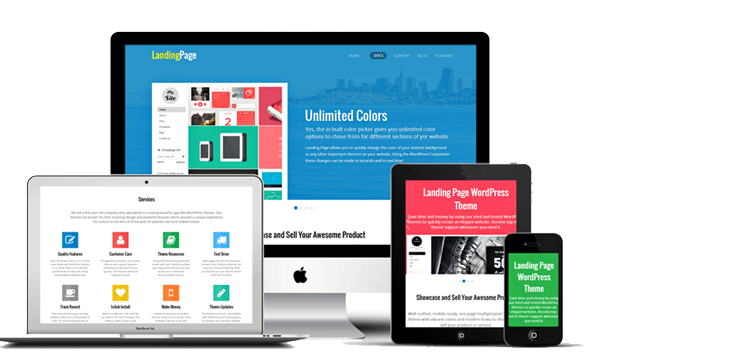
Landing Page
In the purest sense, a landing page is any web page that a visitor can arrive at or “land” on. However, when discussing landing pages within the realm of marketing and advertising, it’s more common to refer to a landing page as being a standalone web page distinct from your main website that has been designed for a single focused objective. This means that your landing page should have no global navigation to tie it to your primary website. The main reason for this is to limit the options available to your visitors, helping to guide them toward your intended conversion goal.

Why We Use Landing Page
There are many uses for lead gen landing pages, some example uses and the items given to the user are listed below:
- Ebook or whitepaper
- Webinar registration
- Discount coupon/voucher
- Contest entry
- Consultation for professional services
- Free trial
- A physical gift
- Lead Genaration Web Fourm
- Questionnaire
- Notification of a future product launch
Types of Landing Page There are 2 basic types of landing page, Click Through and Lead Generation (also referred to as Lead Gen or Lead Capture pages).
-
Click Through Landing Pages
Click through landing pages (as the name implies) have the goal of persuading the visitor to click through to another page. Typically used in ecommerce funnels, they can be used to describe a product or offer in sufficient detail so as to “warm up” a visitor to the point where they are closer to making a purchasing decision.
-
Lead Generation Landing Pages
Lead gen pages are used to capture user data, such as a name and email address. The sole purpose of the page is to collect information that will allow you to market to and connect with the prospect at a subsequent time. As such, a lead capture page will contain a form along with a description of what you’ll get in return for submitting your personal data.
What Our Clinets Says We're trusted by class companies
Dejavu's image became more professional by the special pictures that were taken, in addition to the creative designs for the campaigns and offers done by Dimatech. We also noticed the increase in the number of visitors to the restaurant and this showed us the real results of Facebook marketing.
The thing that I liked the most was the professionalism in their work and their punctuality.

In addition to their interest and continues follow-up to the page. They also add all the information and updates needed, in consultation with our company.
Of course this movement on the page led to a real leap in the number of inquiries through facebook and in reality.

Driving qualified traffic, Converting incoming traffic into a lead or a sale , Generate Brand Loyalty



